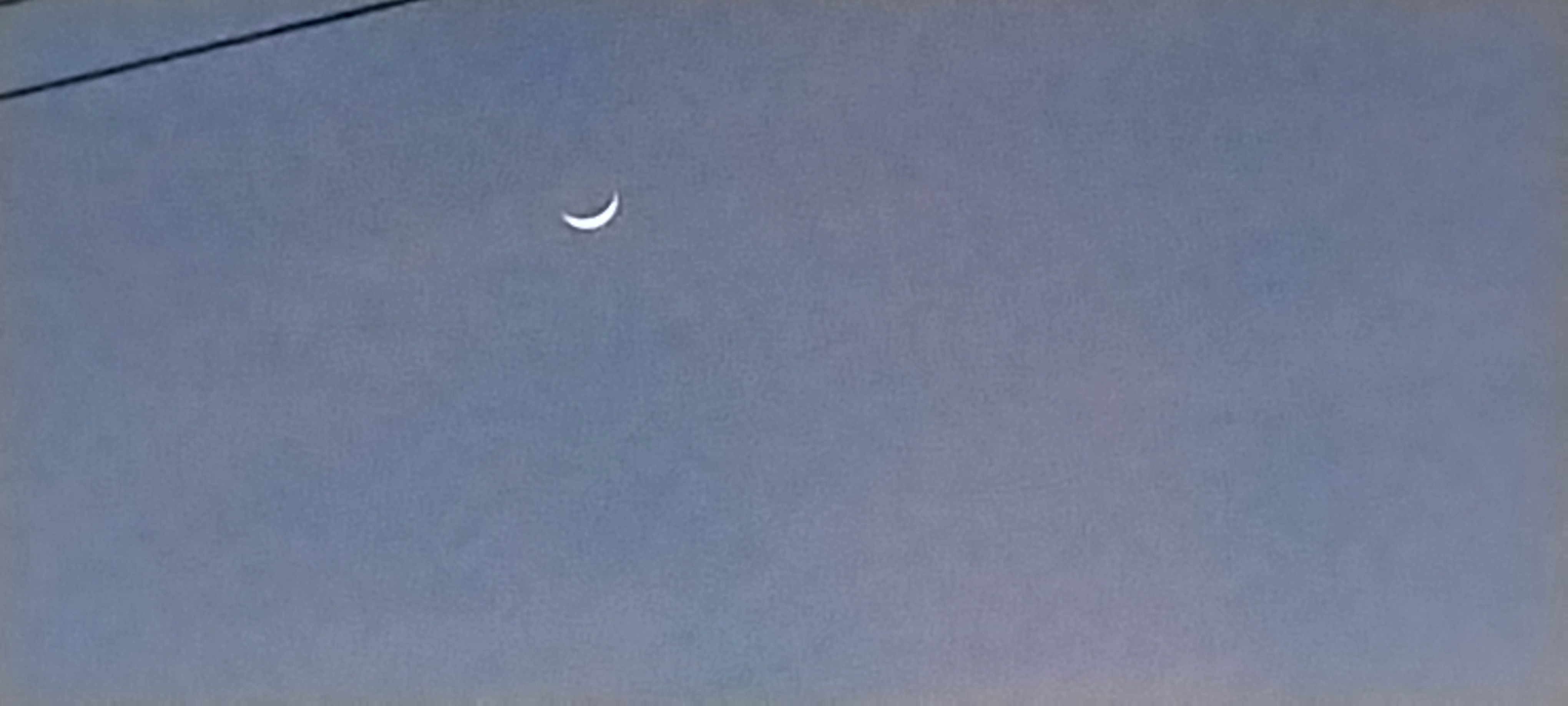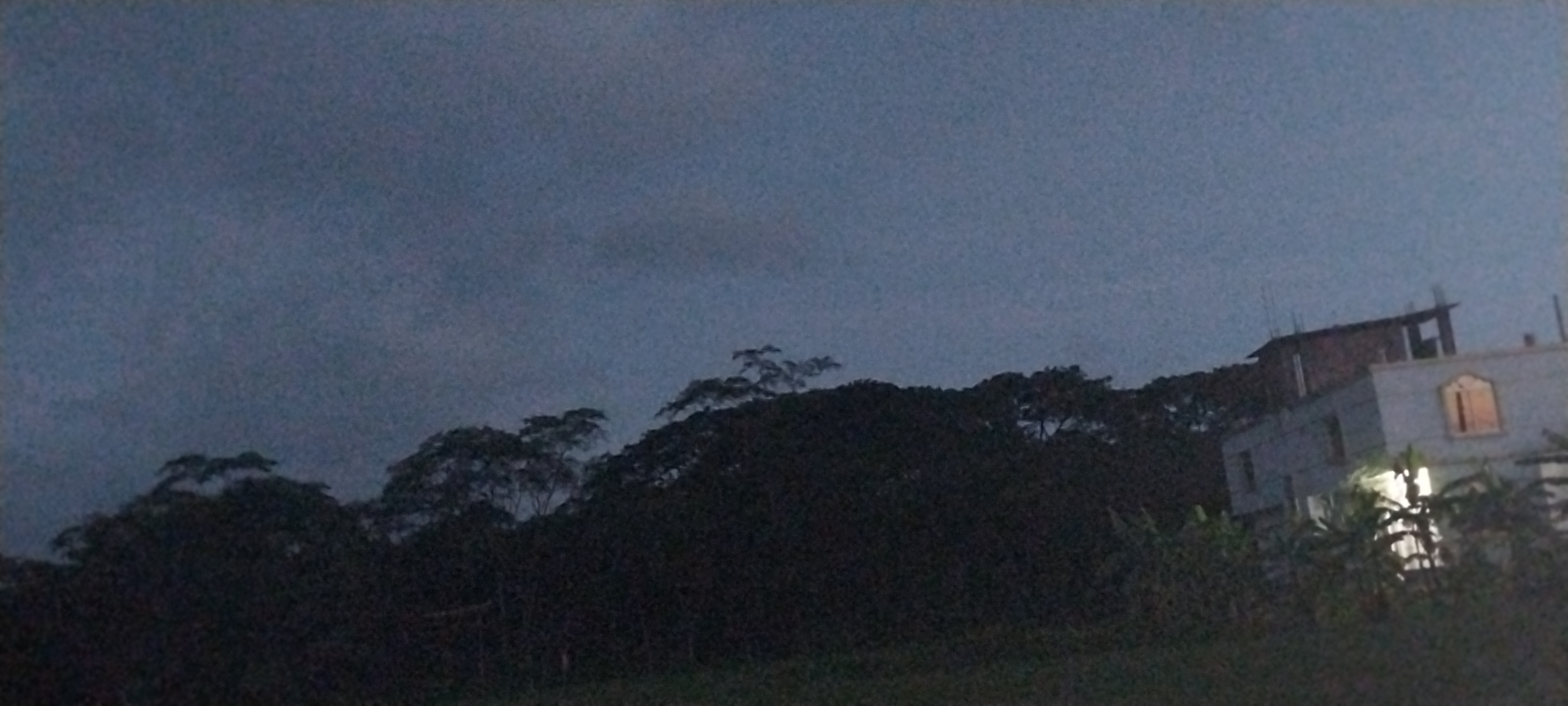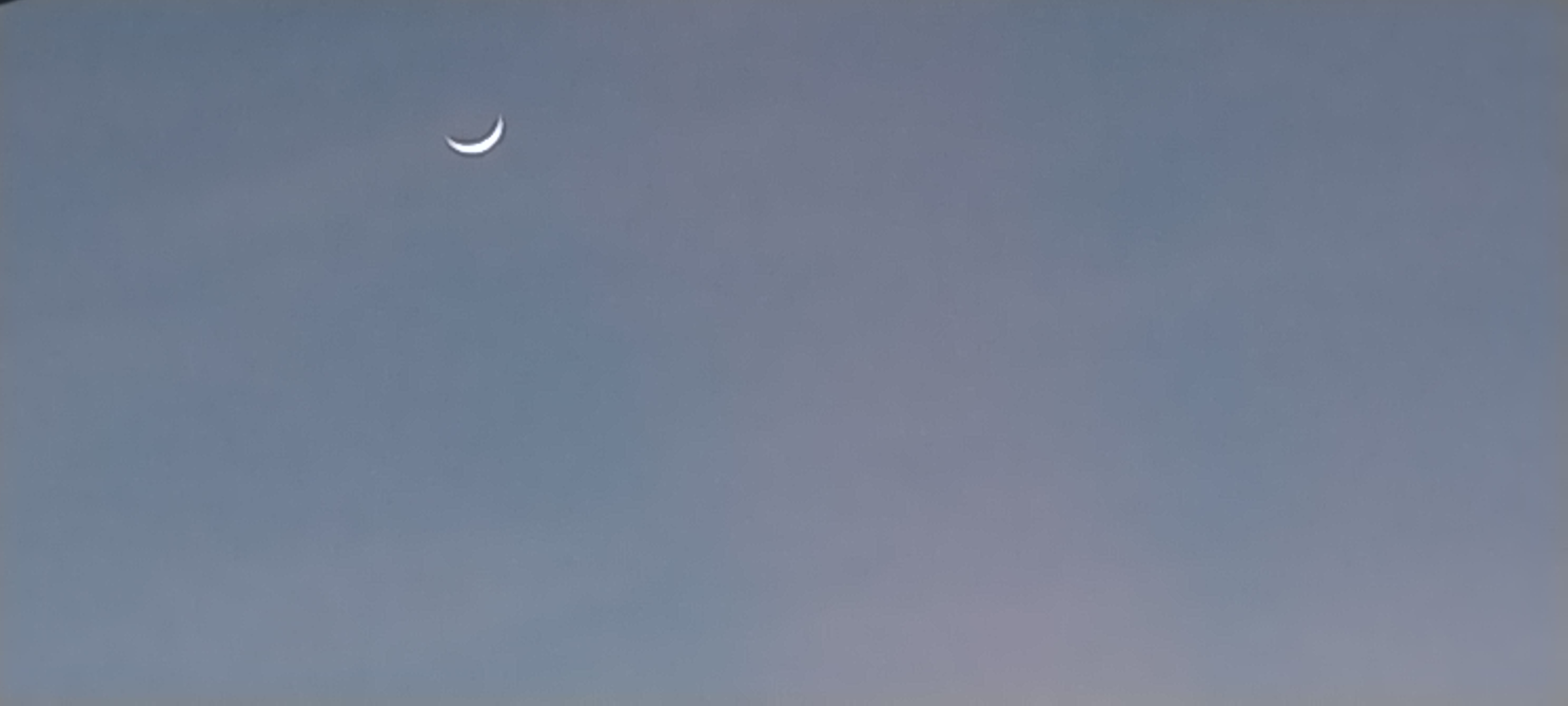"Late-night walk under the sky, and the moon smiled back at me. 🌙✨📸"
The moon is the only natural satellite of the Earth. It is located about 384,000 kilometers away from us. When the moon rises in the night sky, its soft and cool light brightens the Earth. Its beauty has fascinated poets, writers, and artists for centuries.

The moon does not have its own light. It reflects sunlight, which reaches the Earth as moonlight. The moon takes about one lunar month to orbit the Earth, and during this time, we see its different phases—such as new moon, half moon, and full moon.
Since ancient times, people have been curious about the moon. In 1969, Neil Armstrong became the first human to step on the moon, marking a historic achievement. Since then, many missions and studies have been conducted to learn more about the moon’s surface, materials, and potential uses in the future.


The moon is not just a symbol of beauty; it is also deeply connected with science, religion, culture, and calendars. Many calendars, like the Islamic and Bengali calendars, are based on the moon’s phases. Religious events such as Eid, Ramadan, and festivals like Purnima (full moon) are also celebrated according to the lunar cycle.


The moon inspires imagination and wonder, but it also holds great importance in scientific research and daily life. Therefore, the moon is not just a celestial body in the sky—it is a meaningful part of our culture, history, and emotions.


